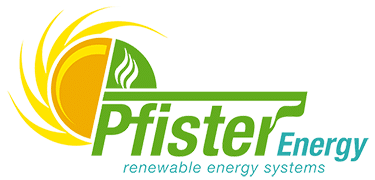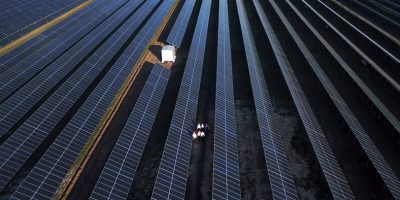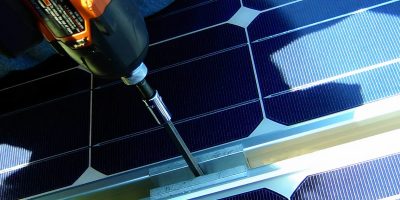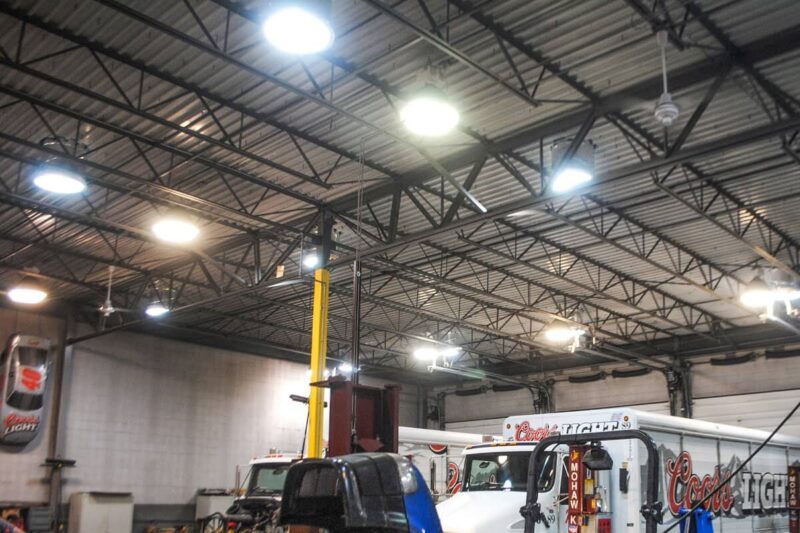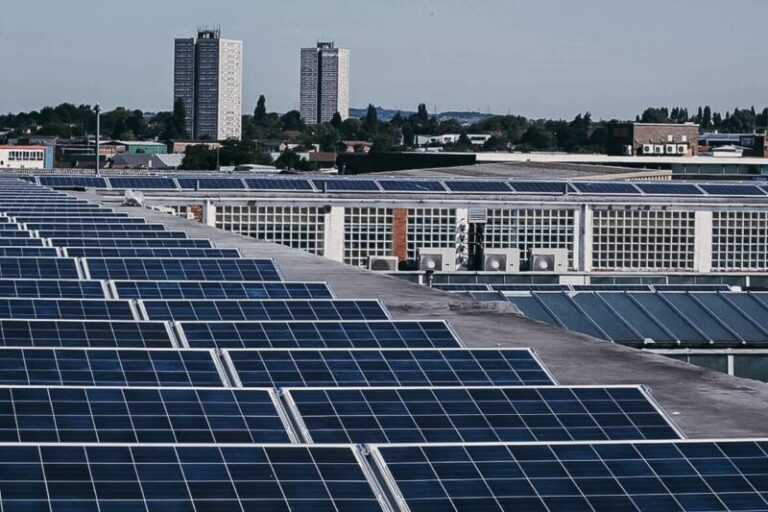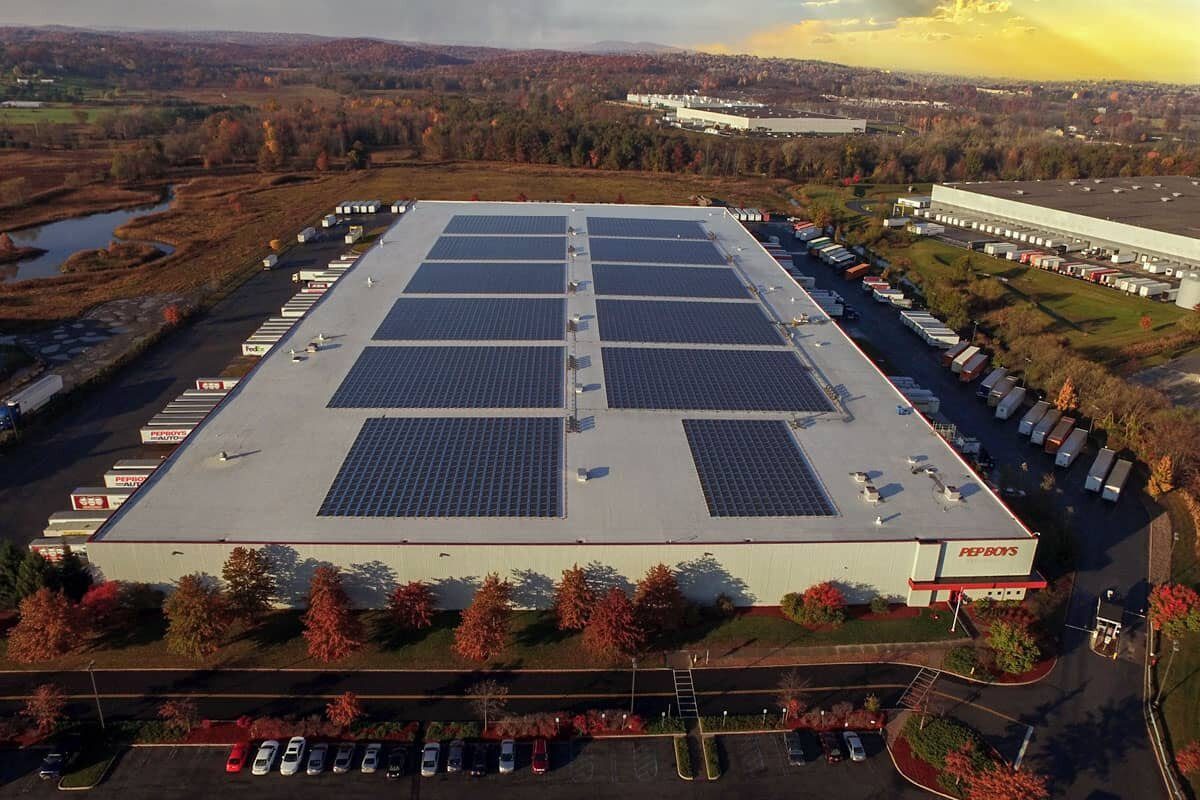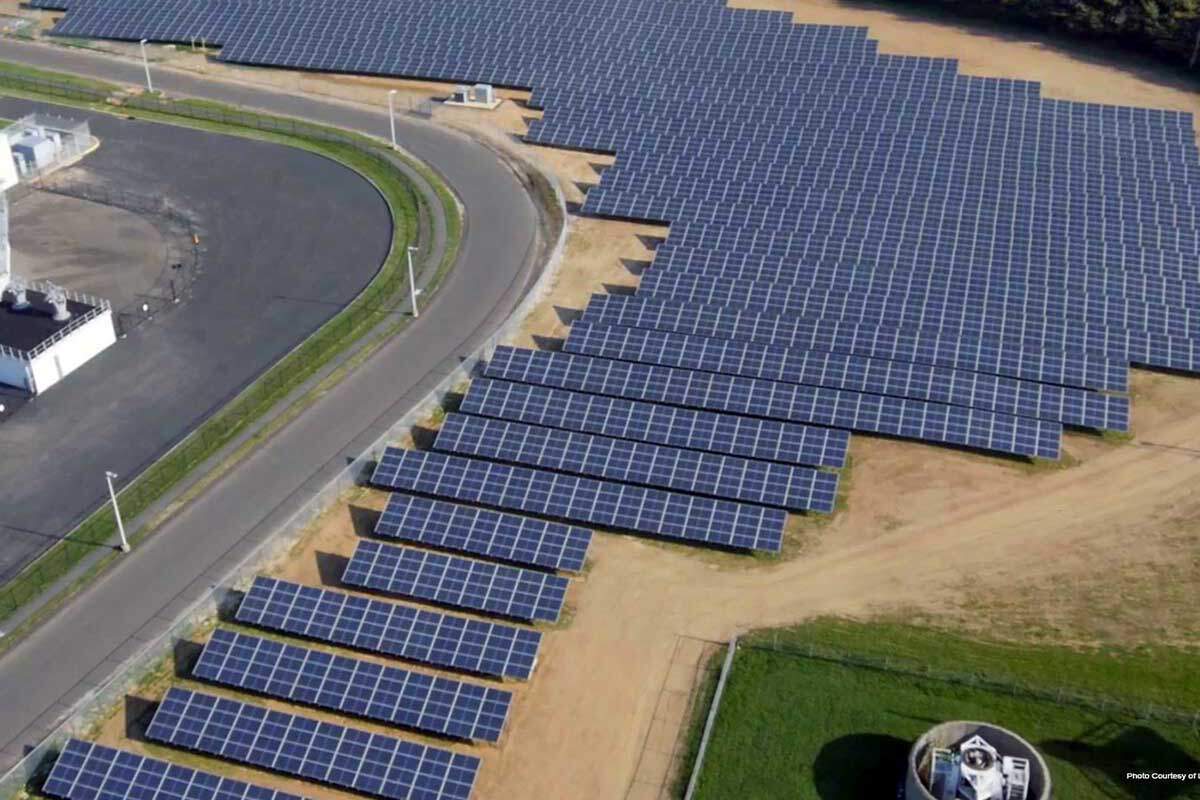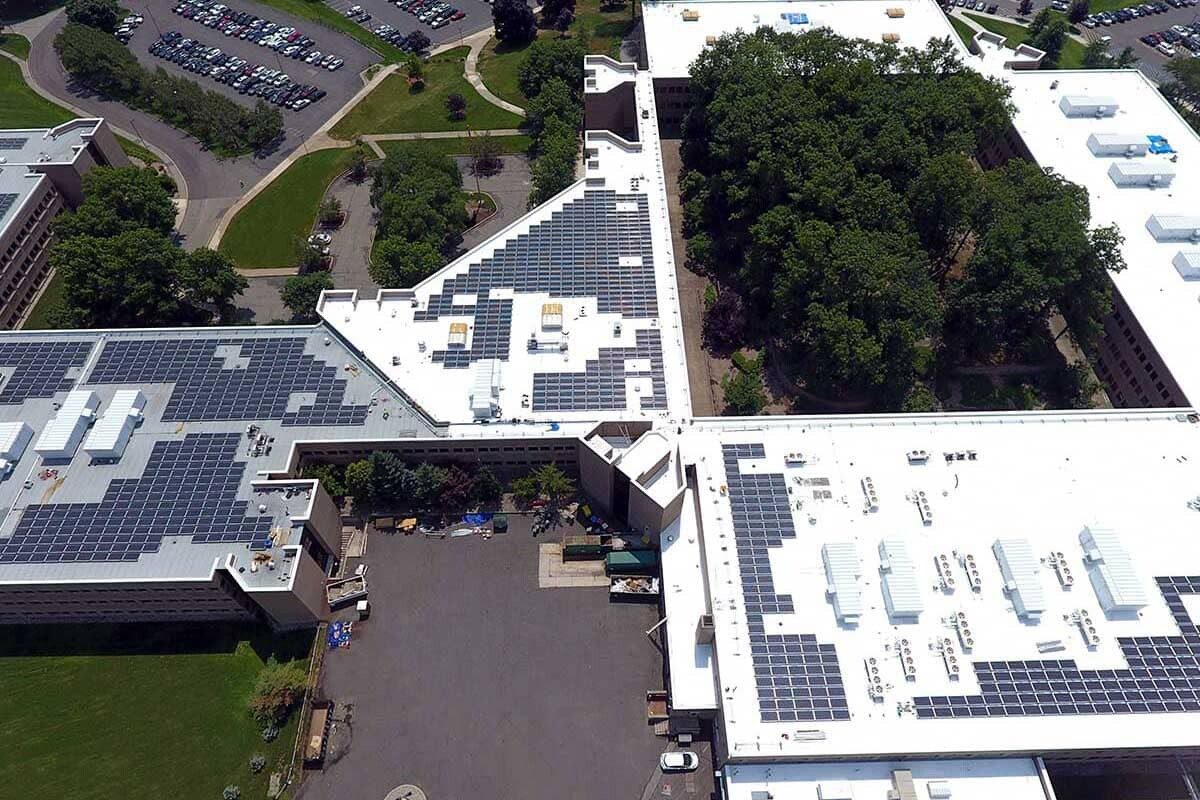LED lighting provides facility managers with opportunities for cost and energy savings throughout a building, both indoors and outdoors.
Efficiency & Feasibility
The most frequently used lighting solutions such as incandescent, metal halide and fluorescents provided a feasible option to meet lighting needs 20 years ago, however, recent advancements have made these lighting options incredibly outdated and inefficient. The efficiency of the amount of light is compared by brightness, visible spectrum, and directness of light. Energy efficiency is typically measured by lumens per watt.
Metal halide lamps offer 60% lumen maintenance, resulting in a 30% loss of light output that occurs after only 5,000 hours of use, giving facilities lower quality light for most of its lifespan yet still consuming the same amount of energy. Current LED lighting produces over 100 lumens per watt at 50,000 hours which requires around 80% less energy resulting in better quality light, a longer lifespan and reduces overall operation and maintenance costs than those other conventional lighting sources.
Exterior LED lighting also provides direct light (the light is directed where it is needed) reducing the amount of lighting lost since traditional lamp and ballast solutions don’t have precautionary measures to direct light flow. In addition, LED lighting minimizes lighting pollution and does not scatter infrared radiation in all directions. Another loss in efficiency from incandescent, metal halide and flourescents.
Energy.gov, estimates that by 2027, widespread use of LEDs could save about 348 TWh (compared to no LED use) of electricity: This is the equivalent annual electrical output of 44 large electric power plants (1000 megawatts each), and a total savings of more than $30 billion at today’s electricity prices.
There are many LED lighting benefits and energy cost savings to upgrade. Did you know that the average electricity cost for a warehouse is roughly 50%? LED lighting can cut this lighting related cost by half. In addition, in most utility areas/states, there are generous (but fleeting) financial incentives that go towards helping to make the decision to upgrade to LED lighting a ‘no brainer’. These are two less expensive and feasible options.
- Keep your current fixture and replace your fluorescents with LED retrofits
One of the most popular ways to convert over to LED is to retrofit your existing fixture. Retrofitting allows you to take your existing fixture, remove the existing bulb and ballast, and then install the LED Retrofit Kit. In addition, building controls such as motion, vacancy, or daylight sensors, can regulate your lighting by turning off unneeded lighting throughout the facility, which can provide even more energy savings. - Replace your retrofitted fluorescent T8 or T5 lamps to LED T8 lamps
You may be saying that you have already upgraded your HID to fluorescent T8 or T5 fixtures, but with recent advancements in LED technology, it is time now to retrofit those T8 lamps to LED technology, which can generate an additional 50% savings. Interior LEDs offer a greater Color Rendering Index (CRI) which is the method which measures the ability of a light source to reveal the colors of various objects faithfully in comparison with an ideal or natural light source. Fluorescent fixtures like T8 and, antiquated but still used T12, provide CRI’s of 75% and 52%, while LED fixtures can offer a CRI of up to 90%, putting them even closer to the target of 100 CRI which is the equivalent of natural light with a clear, crisp color.
Upgrading to LED lighting will also help to improve other non-financial aspects of the business. Listed below are several of the benefits of how this lighting project will impact its operations.
- Reduced maintenance emergencies and frequencies
- Improve aesthetics and color differentiation with brighter, cleaner light
- Reduced facilities management expenses
- Increased safety and security
- Enhanced employee productivity and fewer errors
- Reduced headaches, eye strain and fatigue
ENVIRONMENTAL BENEFITS
The environmental effects of energy conservation are an important added aspect of reducing energy consumption. The benefits of energy conservation extend far beyond the direct energy-cost savings. Reducing energy consumption has a net positive effect on our environment year after year. By not consuming energy, you do not use the fuel necessary to create electricity or increase your carbon footprint.
- Decreased use of fuel necessary to create electricity
- Reduced carbon emissions
- Reduced generation of acid rain
LED Lighting Can Save On Both Energy And Costs
Simple upgrades to lighting fixtures both within a facility and throughout its surrounding structures can make all the difference in appearance and overall efficiency. Furthermore, other clean energy technologies like solar, daylighting and lighting controls can provide holistic energy solutions. Visit www.pfisterenergy.com for more information.
